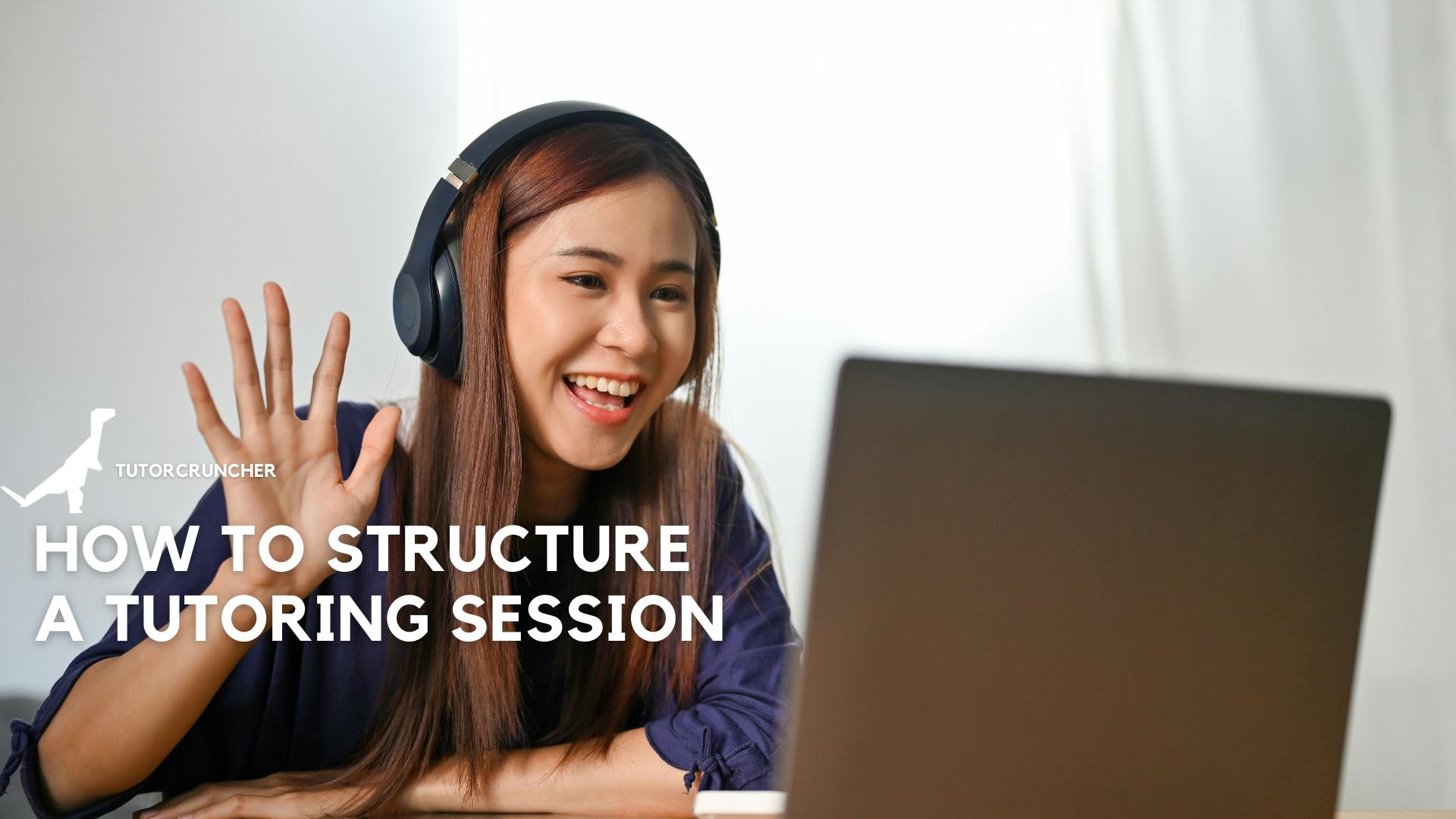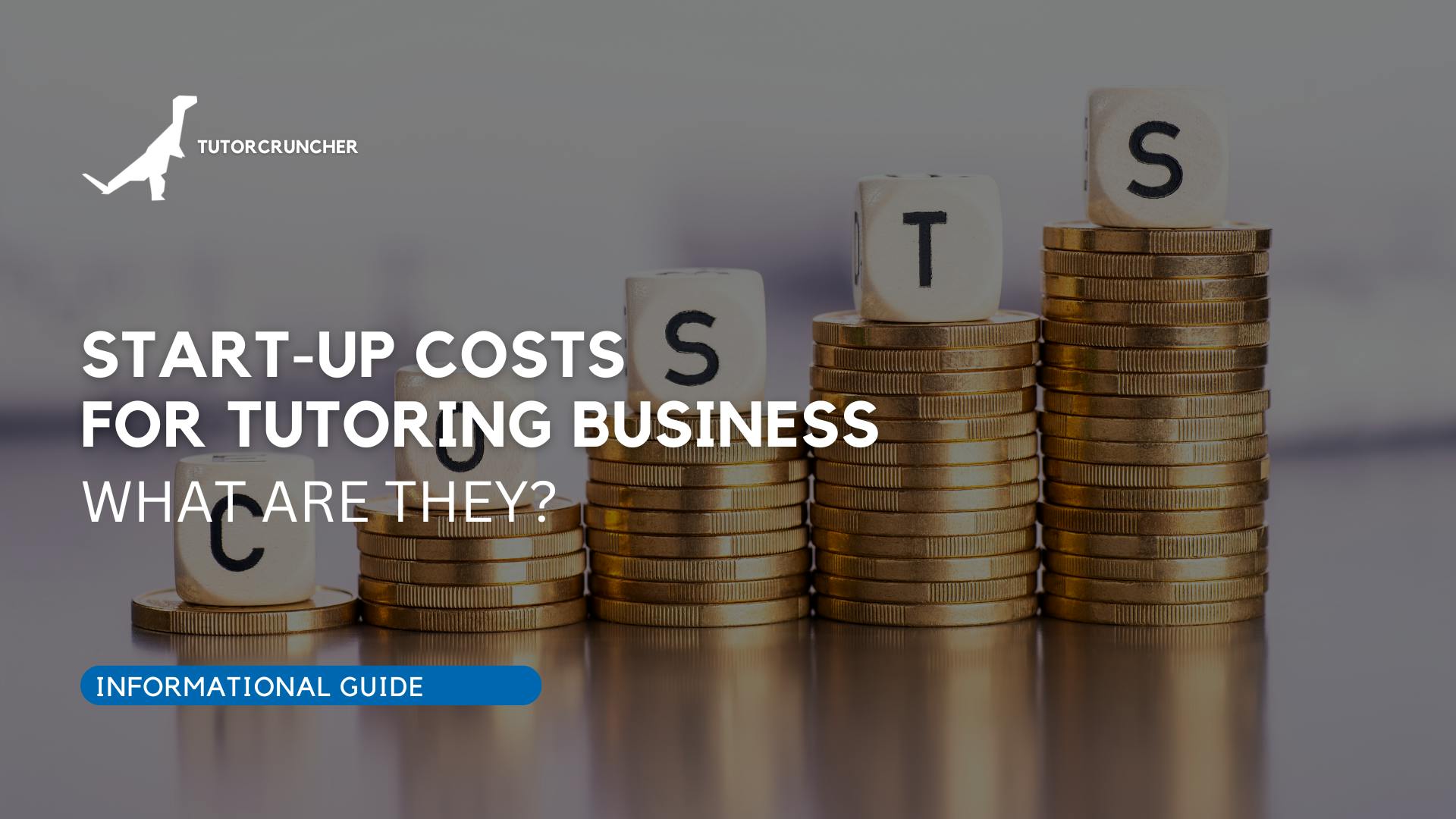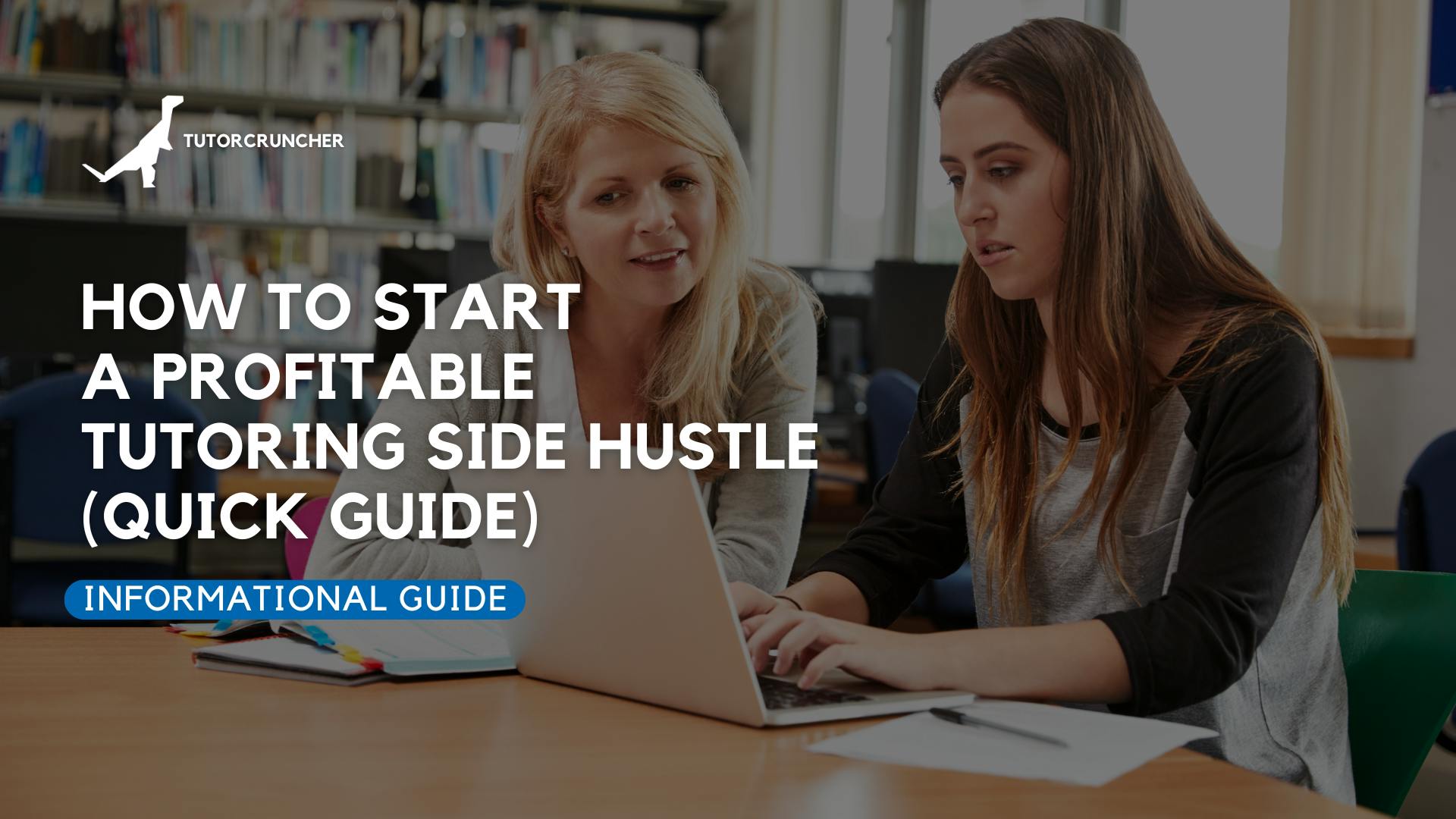If you want to get the most out of your tutoring sessions, it's important to consider what strategies will work best for each student. Ultimately, every individual learns at a different pace and will have a unique learning style. It will be to your advantage, as a tutor, to actively listen and mould your teaching style to make learning easier and more effective.
Before you try out any of these, it's important to be sure that you have identified your tutoring goals. You may want your tutees to be able to teach each other concepts or you may want them to be able to explain a concept they have learned in their own words.
It's important to make sure that your tutees are not overwhelmed and it's also important for you to pick techniques that meet your tutoring goals. So, let’s get into some of the best tutoring strategies to help your students learn effectively.
1. I Can Statements

One of the most basic and effective teaching methods is I Can Statements. These are phrases that clarify learning goals, and they help students recognise what they've successfully mastered so far.
For example, if your student struggles with multi-step math problems, you could use an I Can Statement like this: "I can solve problems using two operations." You could also try giving your student a finished problem to replicate, which gives them an example of what they need to do and some practice time without you.
This tutoring strategy encourages students to speak out loud about what they are learning. The tutor writes down their thoughts on a whiteboard or paper and then moves on to another student, where the same thing happens.
This helps tutees feel more comfortable by seeing that other students may have the same questions or concerns as themselves. The tutor can also use this information to clarify misconceptions, praise correct responses, and give constructive criticism.
2. The Pause Procedure

The tutor uses the Pause Procedure when they are unsure of how to help a struggling student or if they want to give students time to think. The pause procedure is effective because it provides students with extra time in order to respond and produces more accurate answers than the average response given in haste.
The pause procedure can be done verbally by repeating the student's response and asking them to respond again; or non-verbally, by simply pausing for a few seconds – giving students time to process what they have been asked and refer to their notes or discuss among pairs. The model behind this is clarify, assimilate and retain which is great for comprehension.
3. Fast-Paced Drills

These drills are designed to be fast-paced and cover a lot of information. Teachers use these drills to reinforce the major points from the lesson, as well as make sure students have fully grasped all of the material.
They also allow tutors to quickly move through lessons where there is already a strong understanding. This tactic may be useful in certain subjects where there is a lot of memory retention required, e.g. Biology and Chemistry.
Implementing Drills
- Flashcards: Useful for vocabulary or quick facts.
- Timed quizzes: Helps with quick thinking and time management.
- Group activities: Encourages a little friendly competition and social learning.
4. Using Humour

Humour is important in tutoring because it makes students feel more comfortable and confident. By engaging students with humour, tutors are encouraging students to see the session as something fun and light-hearted.
Humour is also a great way for tutors to take some of the pressure off of themselves and studies have even shown that the use of humour can boost memory retention. Remember, humour should be used to enhance learning, not distract from it. Always aim to support your students' academic success and encourage them to be independent learners.
5. Requesting Feedback & Using It Constructively

As a tutor, you can ask your tutee or students what they feel would improve their learning. This helps tutors learn more about how to help students, as well as determine where they may be struggling.
In addition to asking students for feedback, using "I" statements is also important because it makes people feel more comfortable and shows that you are trying to help them, which can sometimes be more effective than telling people what they have done wrong. Alternatively, you could use customer relationship management software for students who prefer anonymity.
The key point here is taking this valuable feedback onboard and using it to mould your approach, ultimately to achieve successful learning.
6. Think – Pair – Share

The Think – Pair – Share technique helps pupils talk together and share ideas. It encourages critical thinking skills and boosts pupil involvement in discussions. Here's how it works:
- Think: The teacher asks a question or presents a topic. Each pupil gets some time to think on their own and make notes.
- Pair: Pupils join up with a classmate. They share their thoughts and listen to each other. This step builds active listening skills and shows the value of different learning styles.
- Share: Pairs join the class conversation. Each pair shares what they discussed. This step helps pupils gain confidence in presenting their ideas and ensures everyone's voice is heard.
This simple technique can make a big difference in how pupils learn and interact. It supports academic progress by valuing each pupil’s voice, making lessons more inclusive and interactive.
7. Using Multimedia Tools

Multimedia tools are valuable in various tutoring strategies because they cater to different learning styles. Many students benefit from the use of visuals, audio and interactive elements in their learning process.
Benefits of Multimedia Tools
- Engagement: Students are more engaged with multimedia content. This helps in retaining their attention and encouraging active participation.
- Understanding Complex Concepts: Visual aids and animations can simplify complex topics, making them easier for students to grasp.
- Interactive Learning: Interactive elements like quizzes allow students to practise and apply what they've learned, reinforcing their skills.
- Adaptability: Multimedia tools can be tailored to suit the student's current level, providing personalised support and advancing at their pace.
Using multimedia tools can enhance the tutoring experience by making learning more interactive, engaging and tailored to individual needs. They support active listening and critical thinking skills, helping students to develop into confident and independent learners.
8. Introducing Gamification in the Learning Process

One of the best teaching tactics is to "gamify" the learning experience. This means giving your tutee fun, interactive ways to reinforce what you've taught them in previous sessions.
Try creating flashcards based on topics that they struggle with. Then, quiz them over these topics frequently so they can practise solving problems. You could also create online games that unleash maths facts, vocabulary words or world capitals to reinforce the content they need to know for each session.
9. Adding Technology into Sessions

In a nutshell, the best tutors are the ones that adapt well to technology and use all the tools at their disposal to enhance the learning experience for students. Let's explore some technology that you could use today to support and encourage academic success and growth.
Online Whiteboards
Using an online whiteboard in tutoring sessions can help your student to visualise key concepts. They are also a great way to step through problems together, offer feedback and encourage collaboration between students during these sessions.
In addition to helping students learn concepts more effectively, online whiteboards also offer interactive features that make tutoring sessions fun and engaging.
Scheduling Software
Let's face it. Tutoring can be very time consuming. It's important that tutors are able to schedule their tutoring sessions in advance so they can plan accordingly. There are many different types of scheduling software available, including TutorCruncher (yes, us!), Google Calendar and Outlook.
Using scheduling software to manage your tutoring schedule can be extremely helpful. You can make appointments, send reminders about upcoming lessons and coordinate with your student so they know when their next tutoring session will be.
10. Gauging Your Tutee’s Comprehension and Retention

Another way to help make your tutee an independent learner is by testing their abilities and learning comprehension. Students sometimes become dependent on tutors to help them with their work, so what happens when they try to learn without you?
You can help them retain crucial knowledge by getting them to summarise a solution and get to the correct answer on their own. If they are struggling to get there, you can always assist them by asking open-ended questions or getting them to verbalise the steps.
This can help create a successful tutoring relationship, where both the tutee and the tutor understands the issue. It also assists the student in growing their own ability and self-confidence.
Wrapping Up
Supporting students effectively involves various methods and strategies. Building a good relationship with your tutee and using technology can boost learning. Active listening and watching for body language signals are also crucial.
Everyone has different learning styles, so find what works best for you. Have any thoughts? Contact us at info@tutorcruncher.com or book a call with one of our sales reps. We offer a 14-day free trial of our tutor management software, so check it out. No payment details are required.



